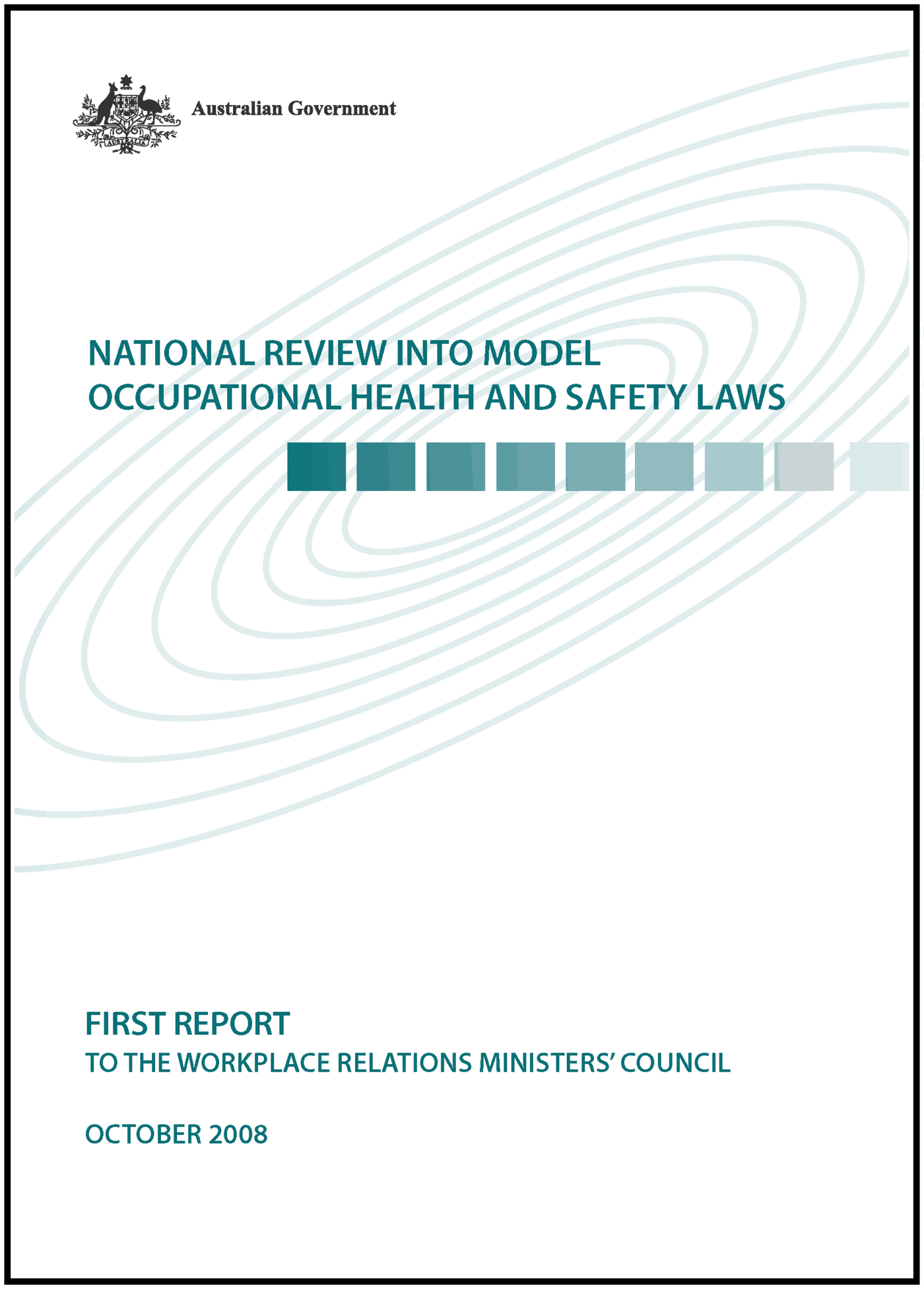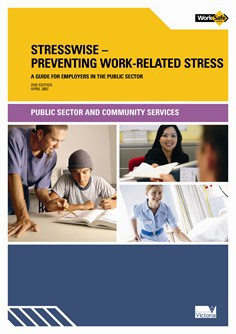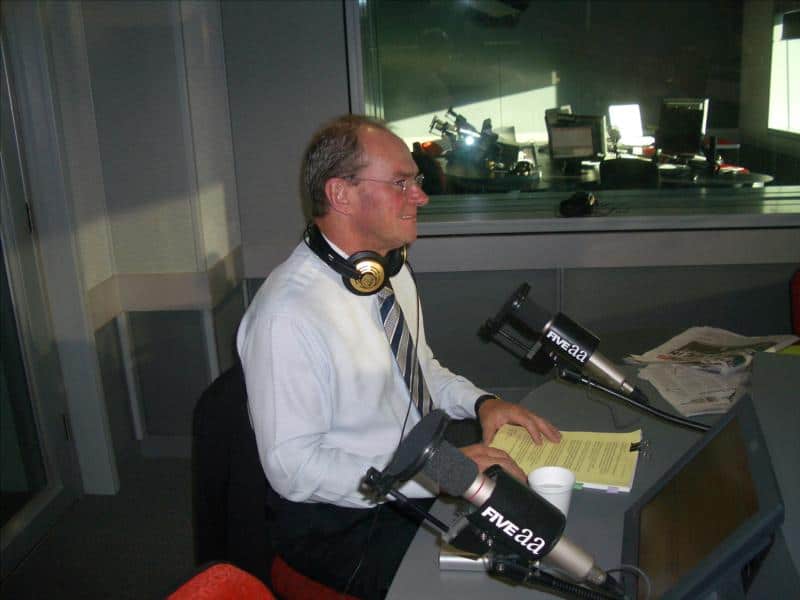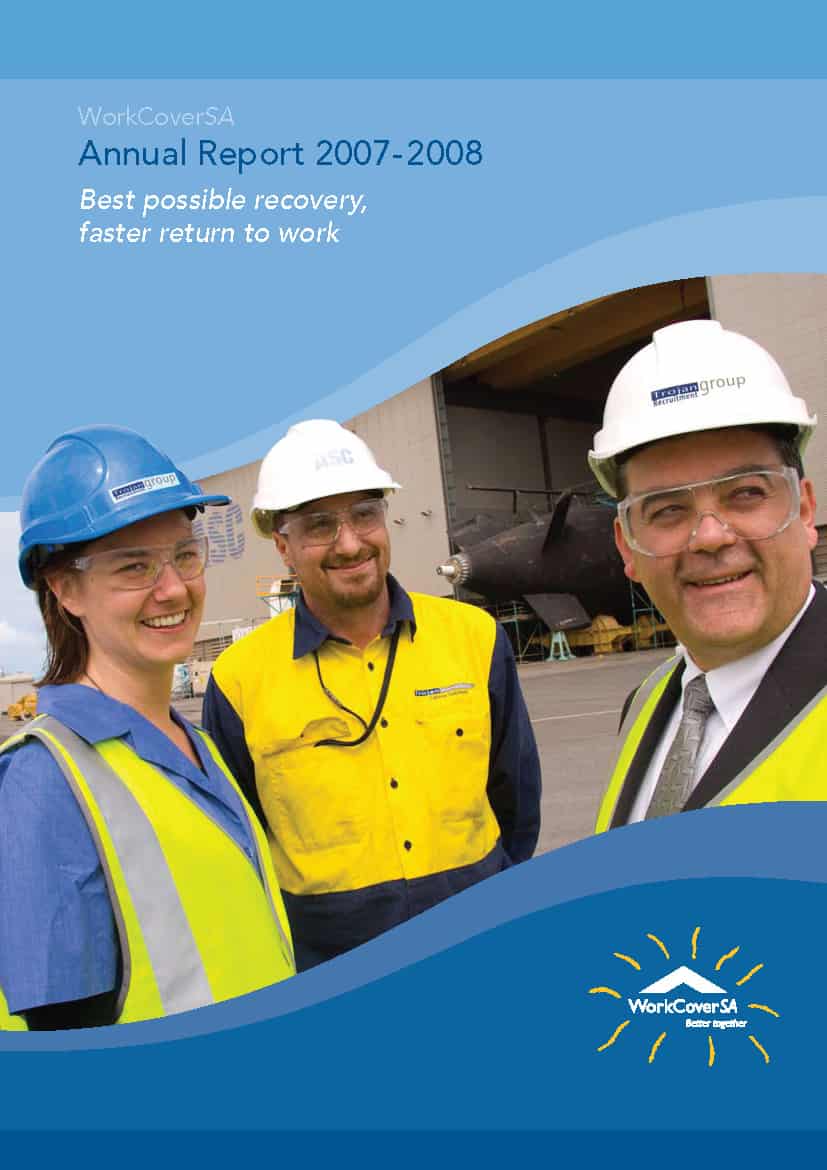SafetyAtWorkBlog has received some terrific comments on the various marketing strategies for addressing the safety of young people at work and in their private (public) lives.
A colleague of mine in Western Australia remains sceptical of the type of imagery employed but below are two other comments:
” thanks for your posting on the alcohol campaign, you are quite correct – these are the kinds of advertisements that connect with the younger set – they have grown up in a world of gore (video games, movies, TV shows that show more and more). Older people don’t understand this – just a generation gap thing.”
“I think it is an excellent way to reach our youth. If it only saves one teenager from a life of over-drinking or saves one innocent life on a highway, it has met the purpose.”
As with many safety campaigns, the measurements of success are often difficult to find. OHS regulators point to declining fatality and injury figures but these, sometimes, don’t stand up to scrutiny. With awareness campaigns of this type, performance indicators are crucial, and should be reported publicly.
Branding strategies are okay but their aims are limited and raising one’s awareness of something does not, in itself, change behaviour. Awareness needs an extra spur for action to occur. That is why I look forward to the next stages of these campaigns. Let’s hope they build on their good work rather than tweaking a failing strategy.





